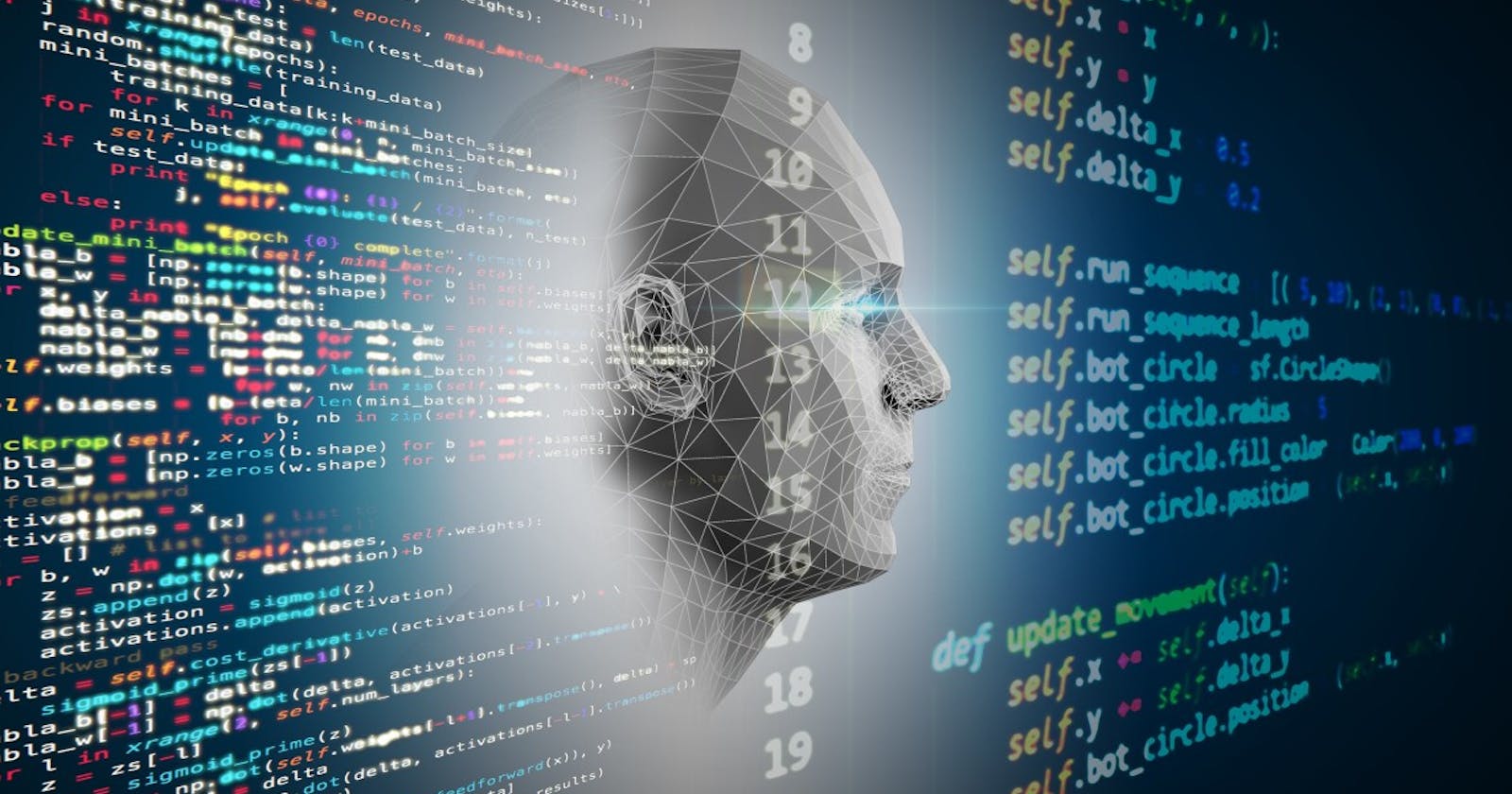We are experiencing the fourth wave of the industrial revolution: automation using cyber-physical systems. Key element using this wave include machine learning - Michael McKenna
Part of the questions that followed the evolution of big data was on analysis. While alphabetic and numeric values are quite easy to analyse and visualize with statistics through excel, power BI, Tableau, SQL, etc, data scientists, engineers and even techpreneurs were confused on how to analyse Big Data.
Thoughts on classification in accordance with what is used in traditional data must have crossed their minds but seemed too elementary to be applied for such a form of data.
Following many trials, they (and by extension we) arrived at Machine Learning, a field that has proved its worth over the years. Like statistics, it is able to generate insights through numbers, Machine Learning has been able to satisfy our thirst for insights out of big data. It involves the application of artificial intelligence to analyse data and overall, help business executives make better decisions and improve the services their companies provide.
Let's paint a scenario, taking YouTube as an example. During leisure, some of us are likely to go on YouTube to watch videos ranging from tech to entertainment and so much more. This happens overtime and is not just at a singular instance. YouTube on the other hand takes note of these searches and used them to tailor your experience. The videos you search overtime are the videos you like. As a result, similar videos are suggested for you in the home page of the online media streaming service.
YouTube has taken this a notch higher by classifying videos with search terms. This is just a way to improve the process of searching for videos. All these and even more not mentioned are applications of Machine Learning (ML), an extension of Artificial Intelligence to improve streaming and search for contents.
ML is increasingly being applied in dynamic and innovative ways and has overall made our lives easier (as it should be). We now have ML applied in marketing and advertising, to give consumers the right type of products at the right time. In such cases, ads are becoming personalized. This is great for businesses as their profit margins are likely to increase tremendously. In addition to this, it is also helping businesses and service providers segment their consumers in a way that help or improve their operations. In this case, consumer segmentation is a step closer to satisfaction as it helps businesses understand consumer behaviour.
We are also seeing ML in healthcare as a way to help medical practitioners make better predictions and diagnosis for their patients. On a broader and much larger scale, ML has helped disease control centres make predictions concerning the spread of the coronavirus, giving opportunities to visualize the rate of infections at a later date.
While these are evident in the tech landscape today, we cannot deny the fact that Machine Learning has had some notable failures.
An example of this is Amazon’s AI recruitment Tool. Amazon had developed a machine learning programme to analyse resumes and pick the most suitable candidates for the job. While doing this, the programme was anything but gender neutral and preferred male candidates more than female candidates. It represented not only a failure for Amazon in this aspect but a “waste” of investment.
Another example worth noting is the facial recognition failure in China that occurred in 2018. The traffic police in China, deployed facial recognition cameras to identify jaywalkers whose names and faces end up on public screens. The system which was meant to act as a deterrent ended up picking a woman’s picture that was designed as a form of advertisement on a passing bus.
The failures may seem elementary, but they pose important questions for Machine Learning as regards its applicability in the future. Compounding this is the fact that data is becoming far less structured, larger and is produced at great speed in current times. Based on these, the application of ML in the not too distant future is questionable.
Perhaps ML has not evolved beyond mistakes, maybe it will, only innovation can satisfy this query.

